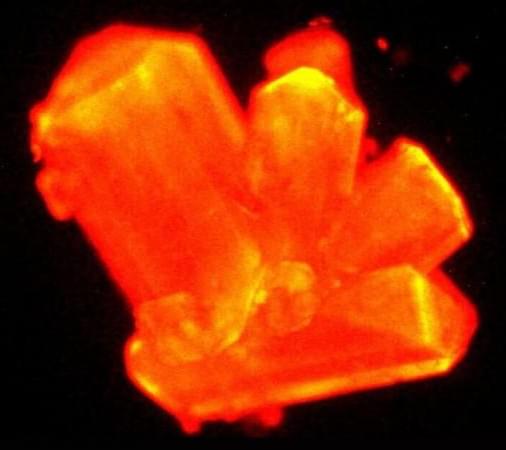A completely intact dino-drumstick complete with skin and more. Just need 11 ancient herbs and spices.
The Tanis fossil site located in North Dakota in the United States of America is currently one of the most interesting places on Earth. Well that’s if you like dinosaurs and uncovering the ancient mysteries of our planet. Maybe you’re more into ancient computers that predict eclipses (opens in new tab). If not, uh, why not check out some of our hot Elden Ring content (opens in new tab)? We’ve got guides on the best builds (opens in new tab), how to survive (opens in new tab), and all sorts of stuff.
Ok, now that we’ve gotten rid of those people, back to the dinosaurs.









